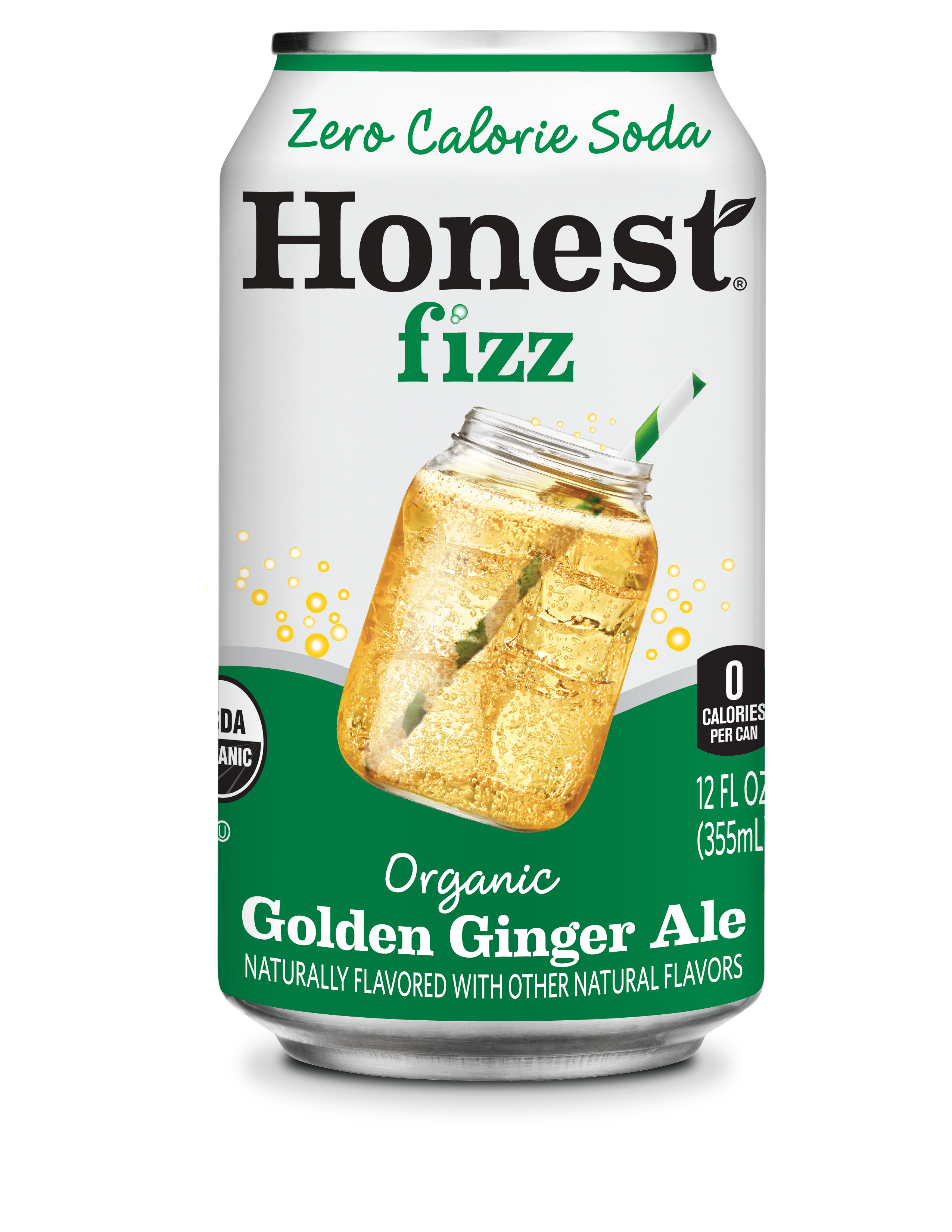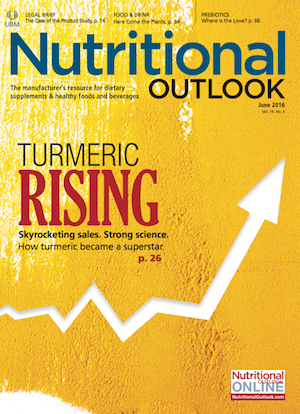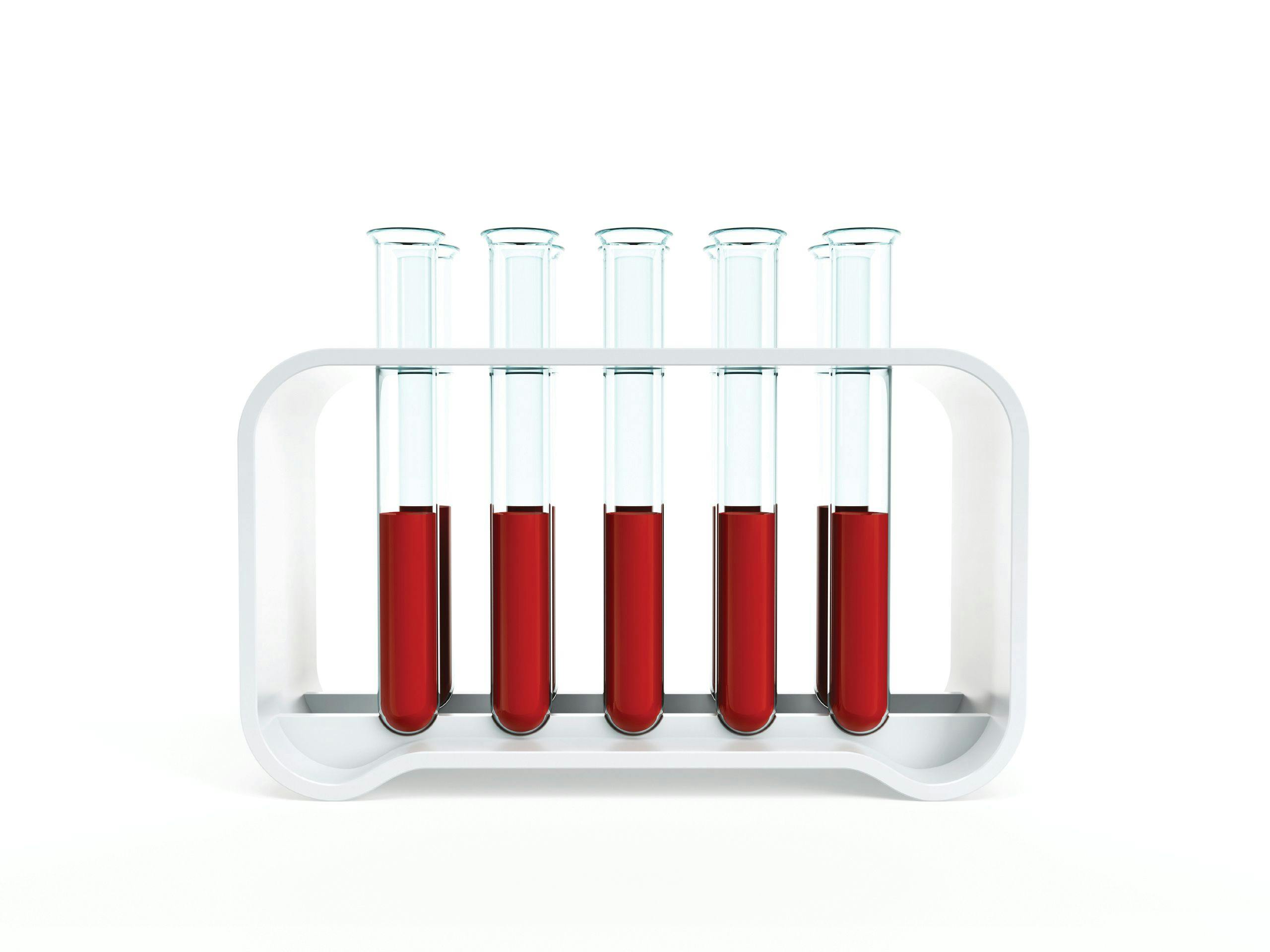Soft Drinks: Healthier, Natural, Clean Label
Clean-label, better-for-you options are taking over the soft drinks space.

Launched in February, Ocean Spray’s PACt Fruit Infusions drinks offer the benefits of cranberry proanthocyanidins (PACs), with 75% fewer calories than the firm’s traditional cranberry beverages.
These days, mainstream products advertise a wide range of health-related marketing claims, like “sugar free,” “low calorie,” “natural,” and “vitamin and mineral fortified,” not to mention support for numerous bodily concerns such as immune health, heart health, and oral health. The list goes on. The soft drinks category is no different, and more new products today carry health-benefit claims compared to those that don’t. Nearly 60% of global soft drink launches and up to 75% of U.S. soft drink launches used a healthy positioning of some kind in the 12 months ending March 2016, based on new-product launches Innova Market Insights recorded.
Within the category Innova Market Insights classifies as "soft drinks," drink types range from healthy to not so healthy. At one end of the spectrum, there is soda. At the healthier end, there is juice and water, while sports and energy drinks serve many functions beyond hydration. Let’s take a look at some of the latest healthy products in this space.
Healthy Ingredients
Clean-labeling is now a key target throughout the broader food and drinks market. In soft drinks, clean-label claims are relatively high, with over 47% of launches touting one or more claims relating to naturalness, freedom from additives and preservatives, or organic certification.
Organic options are increasingly popular and now make up over 22% of U.S. soft drink launches. Narrowing in, up to 29% of juices/juice drink launches and 44% of iced tea launches are marketed as organic. What’s more, the organic ingredients in juices and juice drinks now extend beyond common fruit varieties to more unusual choices. Examples include Beet Juice from Love Beets; a calamansi citrus juice drink from Vita Mansi’s Original Mansi brand, flavored with organic cane sugar and organic honey; and a line of fruity, açai-based drinks from Sambazon in flavors Açai Berry, Strawberry Lemon & Açai, and Pineapple Coconut & Açai. All of these organic products launched in 2015. Other unusual ingredients seen in organic drinks today include the cruciferous vegetables in Lettuce Tea from Complex Beverages, as well as turmeric in Uncle Matt’s Organic Orange Turmeric Juice.
The ancient grain chia is also branching out in beverages. Most notably, the Mamma Chia food and drink brand recently extended its soft drink line, combining organic chia seeds with green vegetables such as kale, spinach, broccoli, spirulina, barley grass, and wheat grass. The products feature names like Joyful Greens, Grateful Greens, Love Greens, and Soulful Greens. All are non-GMO, gluten-free, vegan, and kosher, as well as organic.
STORY CONTINUES ON PAGE 2
Less Sugar
Ongoing concern over obesity and high sugar intake continues to drive the market for reduced-sugar and diet drinks, also spurring interest in alternative sweeteners. Over 30% of U.S. soft drink launches in the 12 months ending March 2016 used either “no added sugar,” “low sugar,” “sugar free,” and/or “low calorie” or “diet” claims. “Reduced sugar” claims are most popular in juices and juice drinks, used on 30% of introductions. “Low calorie” claims are strongest in flavored bottled water, where they feature on over 63% of introductions, as well as in drink concentrates and mixes (39% of new launches).
Rising interest in sugar reduction and clean labeling gives way to the use of natural sweeteners such as stevia. Now, there is demand for products formulated with organic stevia leaf. Loft Tea’s React, Recharge, and Renew tea drinks and the reformulated Honest Fizz range of zero-calorie soft drinks, which is now entirely organic, launched in 2015 and include organic stevia.
Last year, Mansi debuted what the company calls the world’s “first premium calamansi juice beverage.” Calamansi fruit, also known as the Philippine Lemon or Golden Lime, is widely popular in the Philippines but known to a lesser extent in the United States.
Along with clean labeling and greater transparency, there is also a marked upturn in GMO-free or non-GMO products. In the United States, traditionally there has been only limited consumer resistance to GM foods; still, genetic modification has become more of an issue in recent years. As such, even though the global soft drinks market is not one of the leading categories for non-GMO claims, there is now increased use of these claims in the United States. Over 18% of U.S. soft drink introductions used a non-GMO positioning in the 12 months ending March 2016. The use of non-GMO claims is even higher in juices and juice drinks, rising to over 20%.
Combining Claims
To increase their products’ competitiveness, many soft drink makers use more than just one trending claim. Examples include introductions from well-known companies such as Ocean Spray with its PACt Fruit Infusions, which markets no-added-sugar content, stevia sweeteners, and non-GMO certification; Bolthouse Farms with its 1915 vegetable and fruit juice blend featuring organic, “no added sugar,” and non-GMO claims; and Goodbelly Plus probiotic drinks, which are both organic and non-GMO.
Products like these with a healthy halo will continue finding appeal among consumers shopping for the next generation of soft drink.
Innova Market Insights is your source for new-product data. The Innova Database (www.innovadatabase.com) is the product of choice for the whole product-development team, offering excellent product pictures, search possibilities, and analysis. See what food manufacturers are doing around the world: track trends, competitors, ingredients, and flavors. In today’s fast-moving environment, this is a resource you cannot afford to be without.
Also read:
Six Trends Driving the Sports Drinks Market
2016 Flavor Trends for Food and Beverage
Energy Drink Makers Turn to Natural Botanical Ingredients
New Nutrition Facts Panel Includes Added Sugars, Updated Serving Sizes


.png&w=3840&q=75)

.png&w=3840&q=75)



.png&w=3840&q=75)



.png&w=3840&q=75)




















